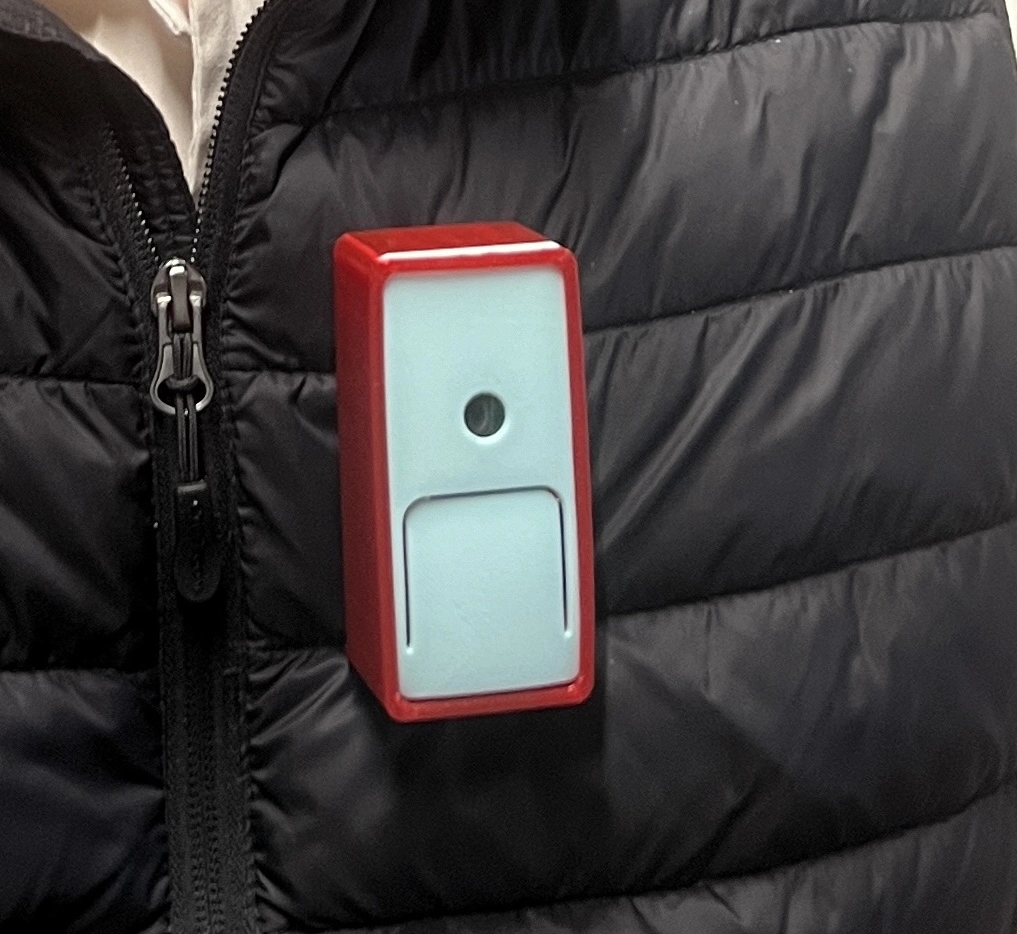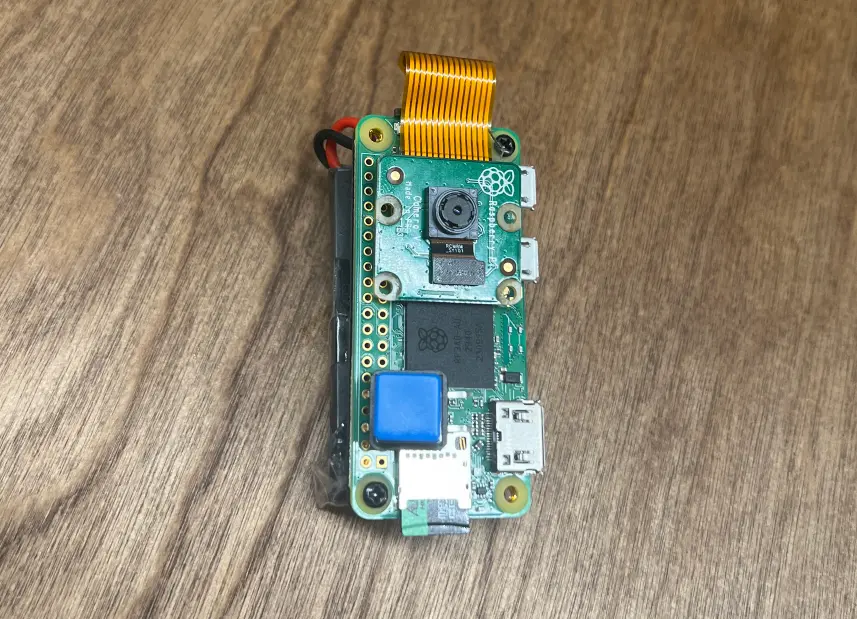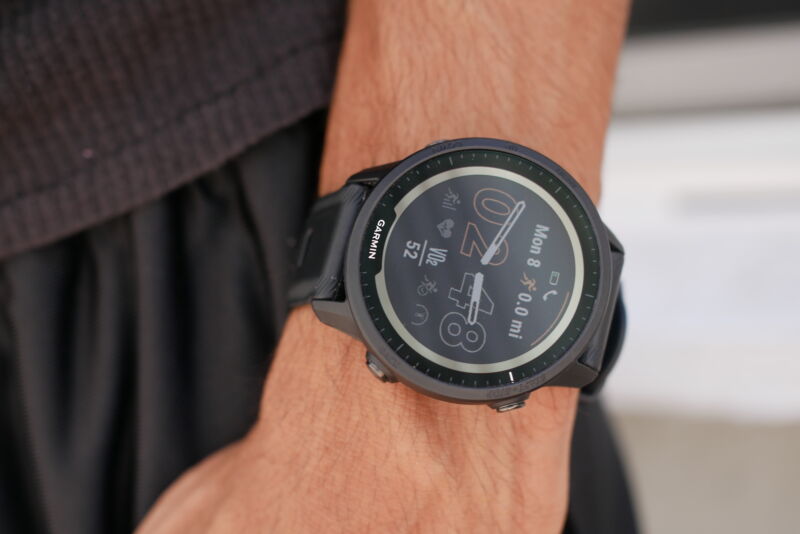-
 chevron_right
chevron_right
Whomane – L’IA portable & open source
news.movim.eu / Korben · Saturday, 13 April - 07:00 · 2 minutes

Accrochez-vous bien à vos slips, parce que je vais vous parler d’un truc de ouf qui risque bien de révolutionner le monde de l’IA portable : Whomane ! Ouais, vous avez bien lu, c’est un projet open source de wearable avec une caméra intégrée.
Whomane, c’est un peu le rêve de tout maker qui se respecte : un appareil portatif bourré d’IA et de capteurs, le tout en mode open source pour pouvoir bidouiller et créer ses propres applications. La vision derrière ce projet, c’est de rendre l’IA embarquée accessible à tous, que ce soit pour l’utiliser ou pour développer dessus.

Concrètement, Whomane se présente sous la forme d’un petit boîtier à clipser sur soi, un peu comme une broche hi-tech. Mais attention, pas n’importe quelle broche ! Celle-là embarque une caméra, un micro et du logiciel capable d’analyser votre environnement en temps réel. Et le tout est propulsé par un raspberry pi Zero capable de faire tourner des modèles de deep learning directement sur l’appareil.

Maintenant, vous vous demandez sûrement ce qu’on peut bien faire avec un truc pareil ? Eh bien, les possibilités sont quasi infinies ! Imaginez par exemple une application qui reconnaît les visages et affiche des infos sur les gens que vous croisez. Ou encore un assistant personnel qui analyse vos conversations et vous souffle des réponses. Vous voyez le genre ?

Mais Whomane, c’est aussi et surtout une plateforme ouverte et collaborative. Le code source est dispo sur GitHub , avec une licence GPL pour les projets open source et une licence commerciale pour ceux qui veulent l’intégrer dans des produits fermés.
Alors okay, je vous vois venir avec vos grands chevaux : « Oui mais la vie privée dans tout ça ? C’est Big Brother ton truc ! » Alors oui, évidemment, dès qu’on parle de caméra et d’IA, ça soulève des questions. Mais justement, l’avantage d’un projet open source comme Whomane, c’est la transparence. Tout est là, à disposition de la communauté pour auditer le code et s’assurer qu’il n’y a pas de dérive. Et puis bien sûr, il faudra toujours veiller à respecter les lois et réglementations en vigueur.
Bref, vous l’aurez compris, Whomane c’est le genre de projet geek et utopiste qui fait vibrer la corde du bidouilleur qui sommeille en nous. Après, on ne va pas se mentir, c’est encore un prototype avec sûrement plein de bugs et de limitations. Mais quand bien même, qu’est-ce que c’est excitant de voir émerger ce genre d’initiatives !



